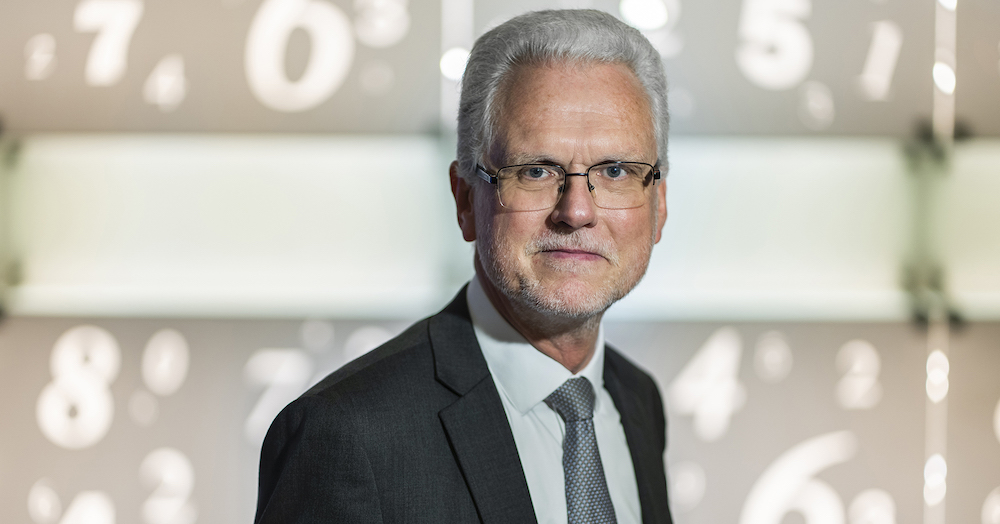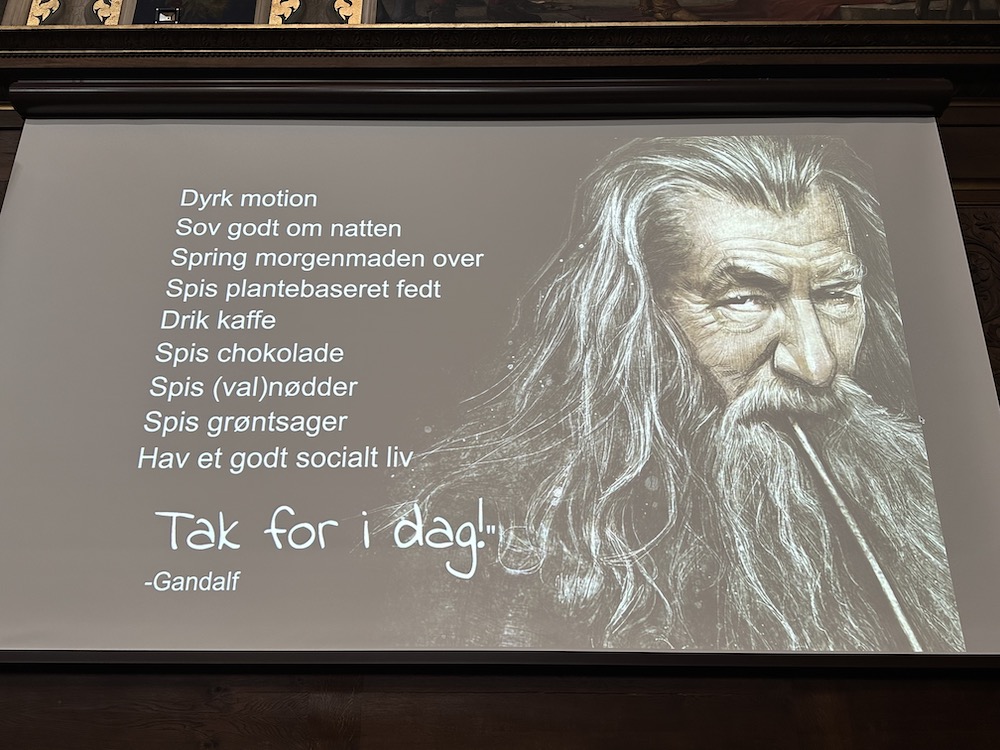
Statistics Denmark – A New Trusted Middleman
Interview with Jørgen Elmeskov, Director General of Statistics Denmark.
When the medical authorities wanted access to Danes’ location data from telcos in order to fight Covid-19, they enlisted the support of Statistics Denmark for hosting the data. The reason? Even though no data on individuals were involved, but only aggregate numbers showing how groups of people move around, there were concerns about privacy being threatened. But, by handing over the location data to Statistics Denmark – probably the most trusted public authority in the country when it comes to data protection – those concerns, which were not very well founded to begin with, abated.
“We are happy to be of assistance in the fight against the Corona virus”, says Director General of Statistics Denmark (DST) Jørgen Elmeskov and continues:
“Doing analysis of people’s mobility based on mobile phone data can help reveal the effects of the politically imposed restrictions. You can get a fair bit of the way quickly by relying on aggregate data on groups of people, as is now attempted.”
“But, if you wanted to understand in greater detail how people behave and respond to political constraints, you would have to use microdata on individual mobile users. We could handle that, and even enrich the teledata with information on individuals from our statistical registers, and put such datasets at the disposal of researchers in de-identified form. That would give greater scope for analysis of how the virus spreads and at the same time pose no danger to privacy and data protection.”
It is clear from the conversation that this is just one example of how he sees his organisation in the future.
From Statistics To Knowledge
Elmeskov is working to transform Statistics Denmark from being mainly about statistics and science to also be an extrovert data and knowledge generator.
For years, the state-run organisation has stuck to its promise of never compromising on privacy. Indeed, the privacy strictness of DST has sometimes been a source of conflict, when authorities have wanted to use the institution’s data for administrative purposes such as making decisions on welfare services.
“The law says that data collected for statistical and scientific purposes can only be used for such purposes. So our position is that we cannot hand over data for other purposes unless explicitly ordered to do so in a new law, adopted by Parliament. That has tended to cool the enthusiasm.”
The state-owned organisation, who automatically are fed with data from various public authorities around the country, does have commercial services.
“We’d never sell personal data. Our license to operate is completely dependent on the fact that nothing gets out about the individual,” says Jørgen Elmeskov. “But what we can do is to aggregate and analyse data and then sell tailormade statistics and identified patterns – also to companies.“
A rapidly expanding line of activity is also to make de-identified data available to researchers. Data will never leave STD, but the researchers can analyse them on servers inside the institution and then extract the results in the form of observed patterns – subject to controls to ensure that no data, even if they are de-identified, will be extracted.
Value in Anonymised Data
He believes that the value of anonymised data – patterns – are extremely high and that it is here we as a society can gain a lot.
“There are many gains in using anonymised data. And we do miss the discussion about all these gains. When a medical scientist uses data, she is not interested in Mrs Hansen’s sore back. She is looking at a lot of people, a lot of treatments and approaches to find new insight.”
The mission of DST has been the same for the 170 years of its existence: To produce impartial statistics on society as the basis for democracy and the national economy. That will not change. It is the way it is being done that has changed over the years with new technology. And the work around it.
“In stead of mainly delivering the numbers, we now also analyse and explain them. We know something about this,” says Elmeskov. “We don’t have our own tv-studio, as they have in Holland, but we engage with our users through articles, newsletter and social media at the same time as we try to make ourselves directly available to them.”
The example of offering to be the trusted middleman with location data to fight the Corona virus is only one case. At the moment, the organisation is working on becoming the middleman between Energinet, who collect consumer data on electricity consumption, and then scientist who want to gain access to them.
And also the Challenge project, is an example of DST’s new roles. In stead of just helping scientists with access to data, DST is part of the project enriching and analysing data from various sources.
Photo: Martin Sylvest

